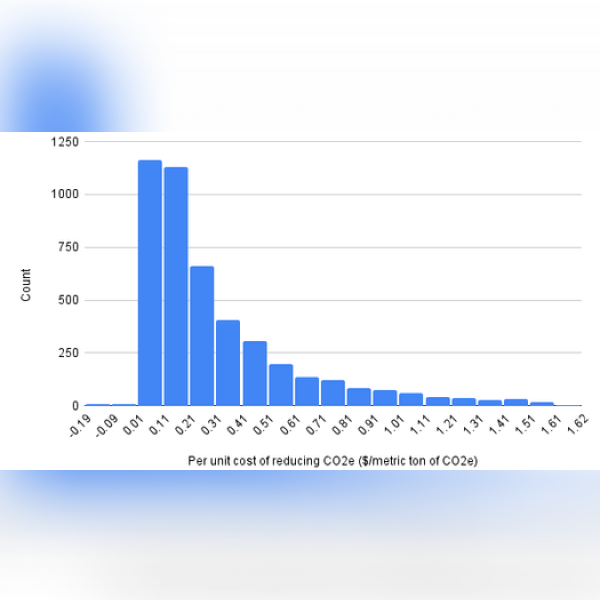Giving Green Fund: Why donate to an expertly curated climate fund?
Few investors choose individual stocks. Why not let a team of experts curate your climate donation portfolio?
It has been just over a year since we launched the Giving Green Fund (GGF), our highest-impact giving option. Here’s a quick explainer, for supporters new and old, of what the Giving Green Fund does and how it works.
What is the Giving Green Fund?
The Giving Green Fund is a regranting fund operated by Giving What We Can and advised by Giving Green.
- Regranting fund: This means that you can donate money to GGF, and all of that money will be granted to other nonprofits. We take no fees.
- Operated by Giving What We Can: Giving What We Can is the nonprofit platform that holds and manages donations. Giving What We Can has set up systems to accept and regrant donations to a variety of organizations, so we opted to use their existing infrastructure to host GGF. For more information, see our FAQ on donating.
- Advised by Giving Green: Our team recommends grants from GGF to high-impact climate work based on our latest research and analysis.
GGF generally supports our top climate nonprofits, which are the highest-impact climate change organizations our team has identified. There are two important caveats to this:
- Donations are granted based on our top nonprofits at the time of disbursement, not those listed at the time of your donation. In other words, we always grant based on our latest research.
- We may want GGF to fund work not housed within one of our top nonprofits if we believe that it may be equally or more impactful (see below).
We aim to always be transparent about where funds are going and why. Updates on disbursements will be shared here, on our blog.
Why do we believe GGF is our highest-impact giving option?
A fund can make strategic grants that could be more impactful than giving directly to each of our top nonprofits. Some examples of work GGF could fund that are not otherwise accessible to small donors:
- Responding quickly to a time-sensitive, high-potential project from one of our top nonprofits
- Bolstering nonprofits that had a weak fundraising year, using our knowledge of nonprofits' funding gaps
- Providing seed funding to a new project that may not be able to launch without a risk-tolerant charitable donor
GGF helps donors increase the responsiveness and impact of their climate donations by using these kinds of dynamic funding strategies, which we believe could have outsized impact. The potential for these strategies grows as the amount of money we can raise into GGF grows.
Practically speaking, it is also easy to give to GGF. You can give and know that you are supporting a high-impact portfolio with just one transaction, and you can set up a recurring monthly gift. We have heard that GGF makes it easier for donors to commit to giving in line with their intentions for impact.
How are GGF allocations decided?
We recommend grants based on our team’s understanding of the highest-impact available giving opportunities in climate. What does this mean in practice? Let’s examine examples of past disbursements:
Example: Equal allocation
In general, dividing the funds equally among our top nonprofits is our default choice. This is for two main reasons:
- We generally do not rank our top nonprofits. Instead, we aim to build a list of nonprofits that meet a certain bar for impact. (For the more quantitatively-minded reader: in our cost-effectiveness analyses, we target a threshold of around $1/tCO2e for our top nonprofits.) In line with our value of humility, we choose not to compare these organizations against each other, as we think that additional donations are similarly impactful, within a range of uncertainty.
- We aim to be transparent. Dividing the funds equally means donors can easily understand where their money is going. We do not want to create complexity for the sake of complexity.
We describe an example of equal allocation in our blog post on GGF’s first disbursements in Q1 and Q2 of 2023.
Example: Unequal allocation based on funding need
In some cases, we have compelling evidence that funds should be divided unequally for maximum impact. For instance:
- Varying success in fundraising: Some nonprofits raise more money than expected, while others might be facing unexpected difficulty. It would be more impactful to direct funds towards nonprofits that still have budget gaps for the year, especially those that have limited unrestricted funding or limited reserves.
- New opportunities that require funding: While we make recommendation decisions yearly, in November, nonprofits are constantly responding to changing circumstances and opportunities for their work. This might increase the impact and/or funding need that a nonprofit has in the middle of the year.
We describe an example of unequal allocation in our blog post on GGF’s disbursements in Q3 and Q4 2023.
How can I use the Giving Green Fund to maximize the impact of my climate donations?
Giving to GGF is easy through our partnership with Giving What We Can. Find ways to give here.
More about the Giving Green Fund
Find a record of all past allocations here:
Support Our Work
Giving Green Fund
One fund. Global impact. One hundred percent of your gift supports a portfolio of high-impact climate organizations, vetted by our research.
Best for:
Donors who want the simplest way to impact multiple climate solutions.
Top Climate Nonprofits
Meet the organizations on Giving Green’s list of high-impact nonprofits working to decarbonize our future, identified through our rigorous research.
Best for:
Donors who want to give directly and independently.
Support Our Work
We thoroughly research climate initiatives so you can give with confidence. For every $1 we receive, our work unlocks another $21 for effective climate solutions.
Best for:
Donors who want to amplify their impact through research.







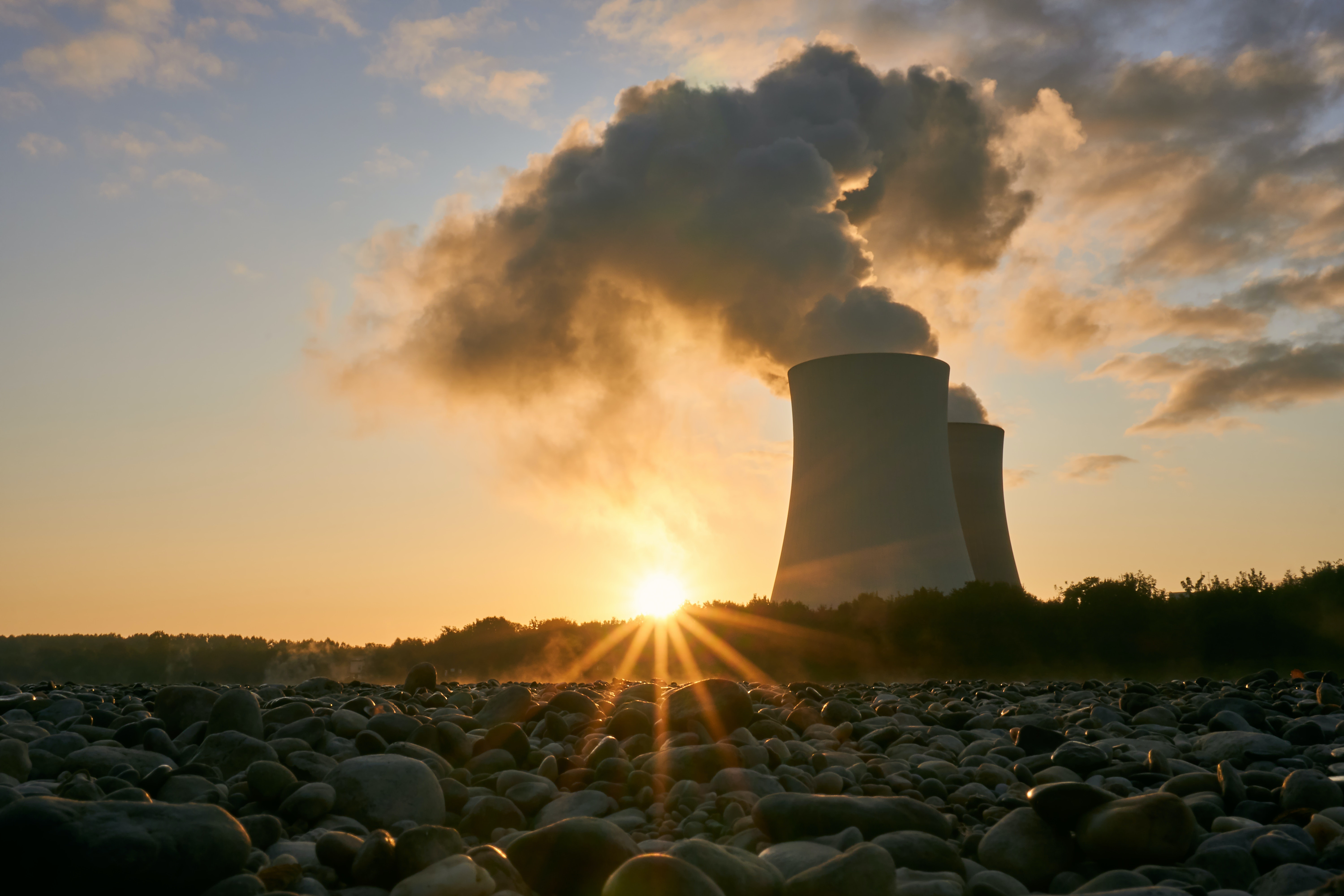






.png)
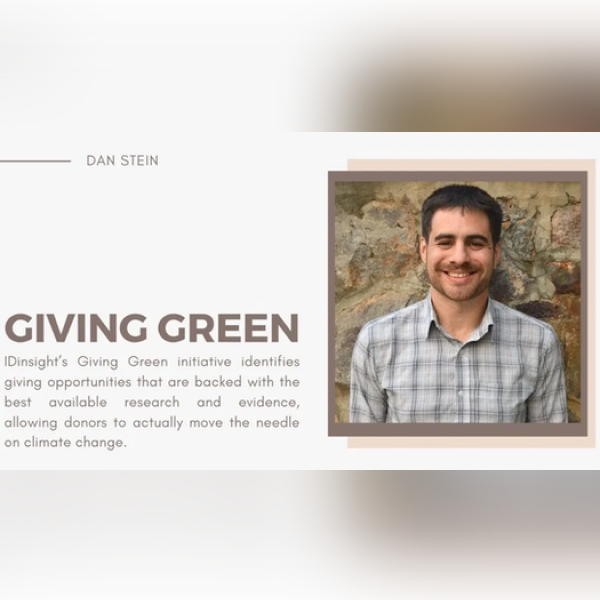


.png)


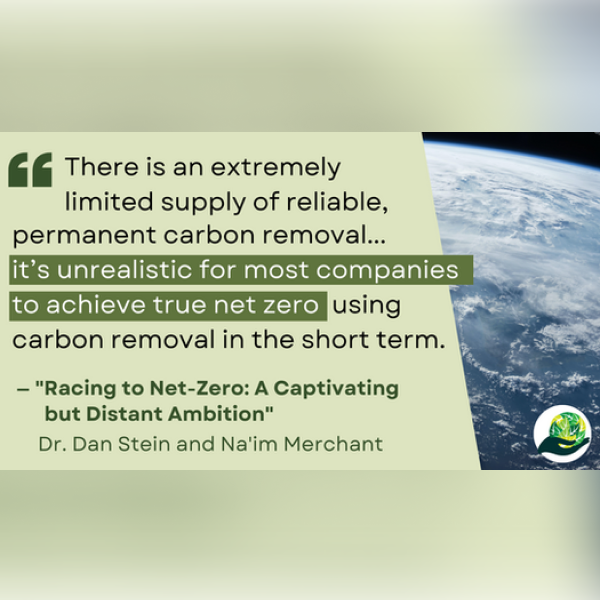

.png)


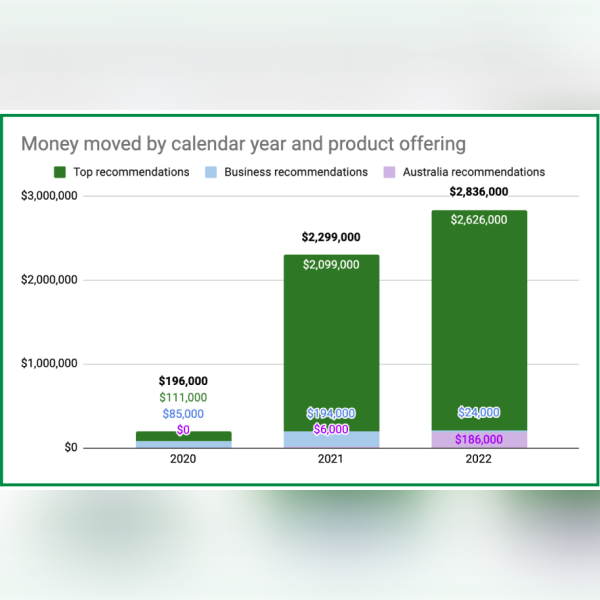














.png)


.png)
.png)


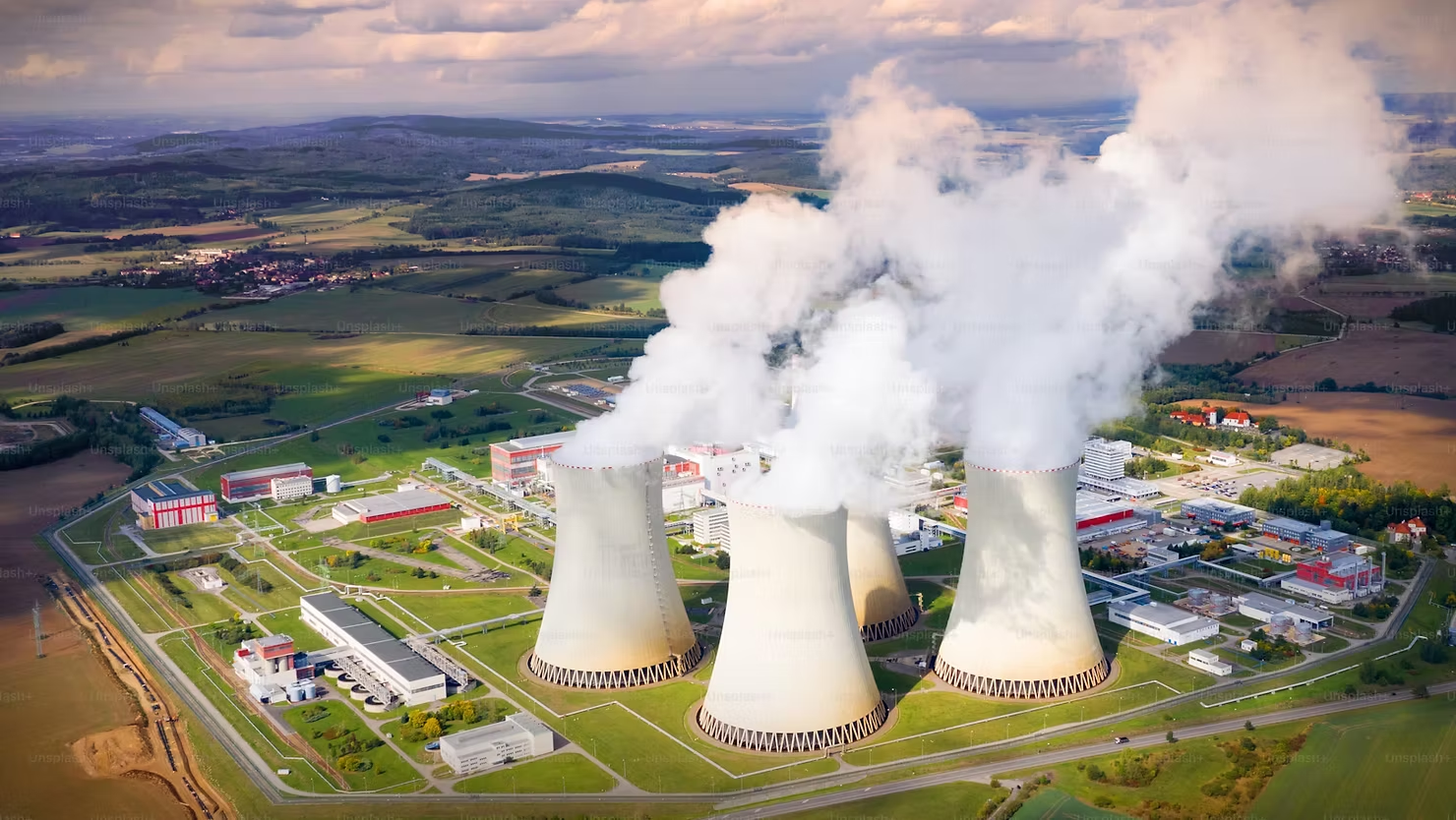
.png)

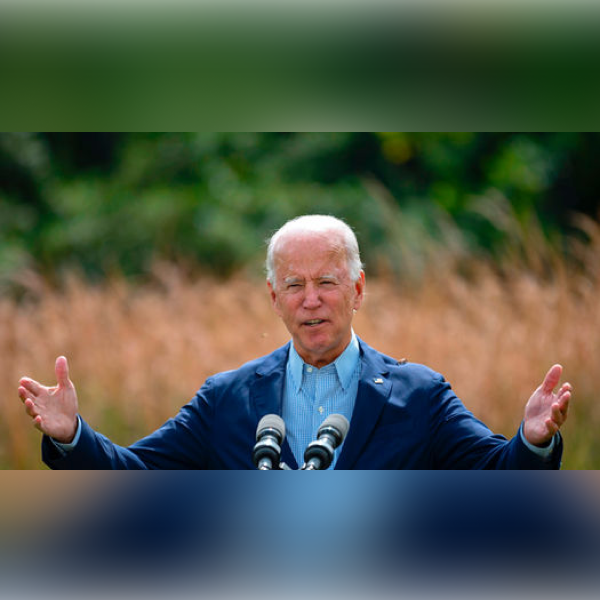




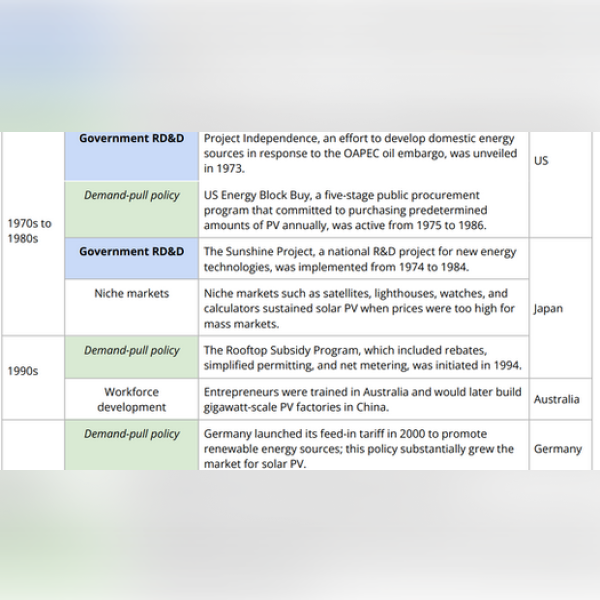

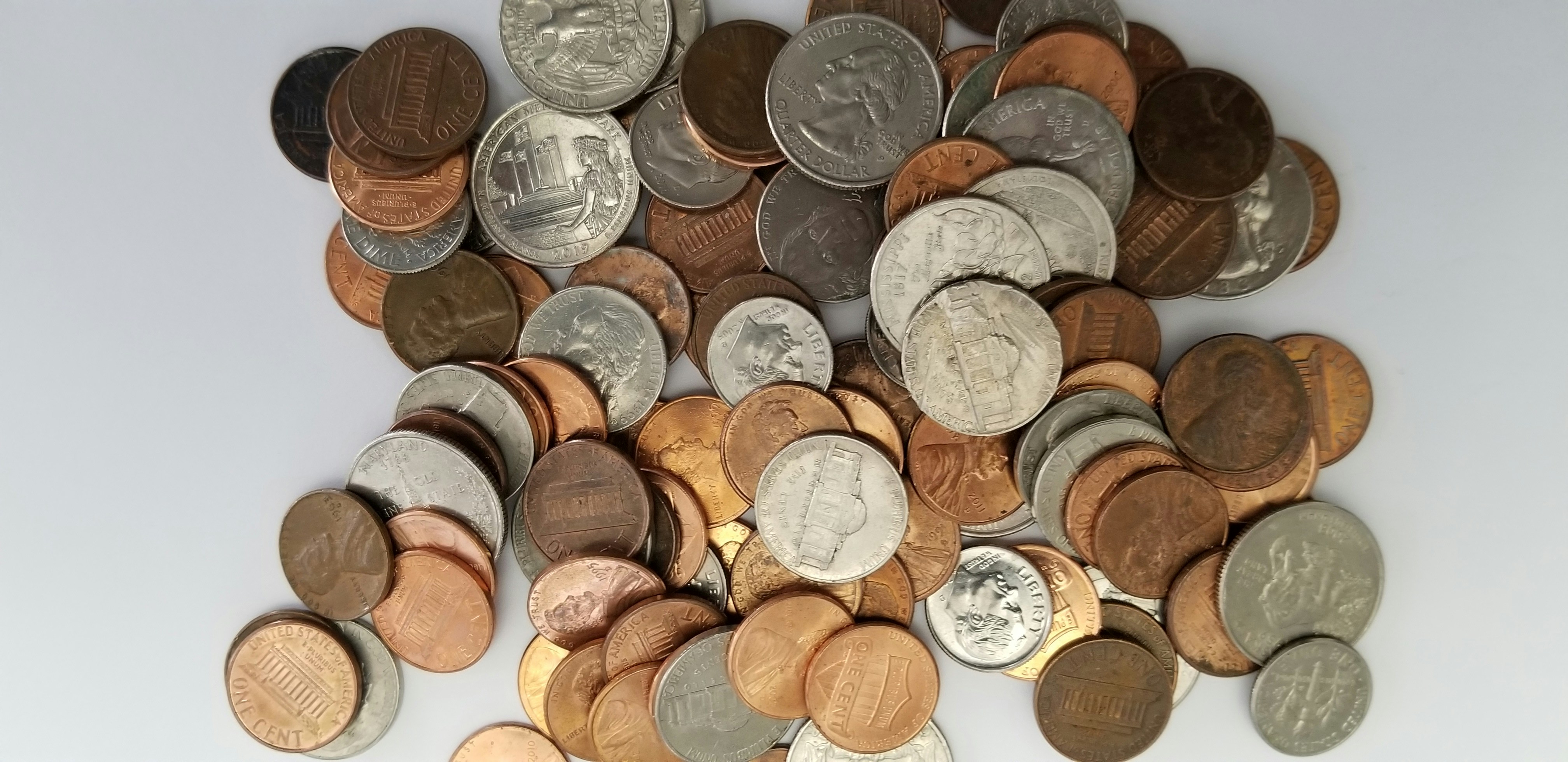


.png)










